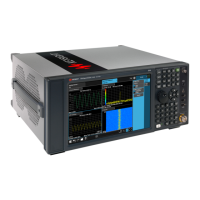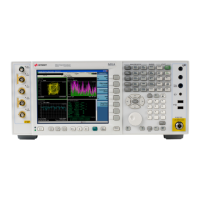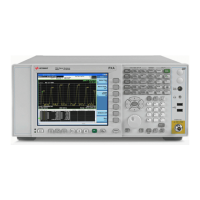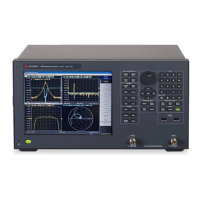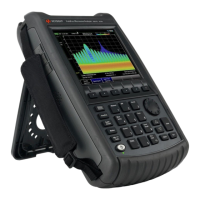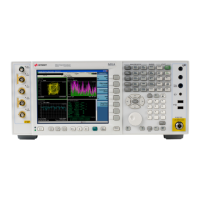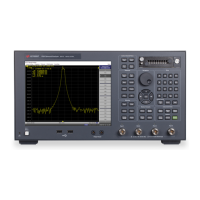Measurement Tutorial 7
Keysight 34420A User’s Guide 273
Measurement Techniques and Sources of Error
Voltage Measurements
The following table shows voltage measurement error sources. Each of these
sources of error is described in more detail in the sections that follow.
Error Source Correction Page
Cabling and
connection
related
Radio Frequency
Interference (RFI)
Special circuits and shields are used to minimize the
effects of RFI in the measurement. Low emission of RFI
also allows the use of the meter with sensitive devices
such as Josephson junctions where high frequency
signals may interfere with proper operation of the device.
275
Thermal EMF Errors
The meter has 99% copper terminals with soldered
connections. The test leads are copper wire with crimped
copper terminals. These test connectors and leads are
recommended to help minimize the effects of thermal
EMF errors.
276
Magnetic Loops
Use twisted-pair connections to the meter to reduce the
noise pickup loop area, or dress the test leads as close
together as possible. Loose or vibrating test leads will
also induce error voltages. Make sure your test leads are
tied down securely when operating near magnetic fields.
Whenever possible, use magnetic shielding materials or
physical separation to reduce problem magnetic field
sources. Use NPLC ≥ 1 if the pickup is power line related.
276
Power Line
Rejection (NMR)
Set the integration time to 1 or more PLCs. 277
Ground Loops
The best way to eliminate ground loops is to maintain the
meter’s isolation from earth; do not connect the input
terminals to ground. If the meter must be
earth-referenced, be sure to connect it, and the
device-under-test, to the same common ground point.
This will reduce or eliminate any voltage difference
between the devices. Also make sure the meter and
device-under-test are connected to the same electrical
outlet whenever possible.
278

